Adults might be accustomed to our bodies telling us when it is time to head to bed, but children are different. Despite exhaustion, a child may feel no need to go to bed. Once the child is coaxed into bed, the child suddenly needs to get up to walk, talk, eat, or drink. Finding the best mattress for children can help your child fall asleep faster and stay asleep longer.
According to the Lucile Packard Children’s Hospital at Stanford, parents of children younger than 4 need to work as sleep coaches. They must help children learn when to go to bed, how to fall asleep once in bed, and what to do if they awaken in the night. That means parents may log hours talking with children in their bedrooms, making sure their sleep environment is both cozy and comfortable. There are many ways to go about ensuring a healthy sleeping environment for your children, but investing in a suitable mattress is a great place to start.
A mattress is a vital part of any sleep environment, and there are special considerations parents must keep in mind as they shop. Before we get into the factors to consider (and what to avoid) let’s review the four mattresses we are recommending you consider as possible best mattresses for children.
Best Mattress for Children
Amerisleep AS1
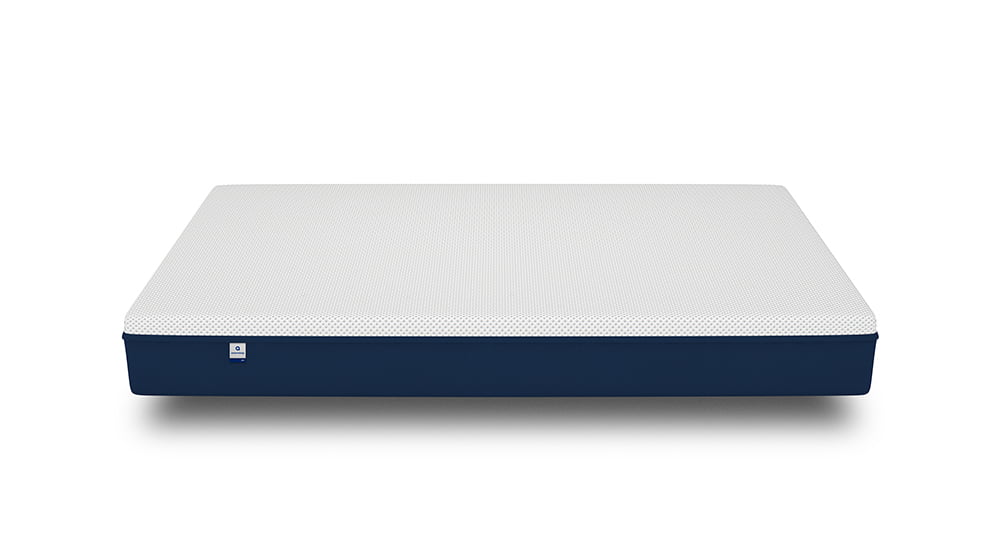
Amerisleep makes five mattresses, the AS1-AS5. The higher the number, the softer the
mattress. The Amerisleep AS1 is, at 10” thick, their firmest mattress. However, this
firmness is suitable for most children. Because of their weight, they do not need the extra
layers of support which can be found in the other Amerisleep mattresses.
A child sleeping on the AS1 is supported by two layers of foam, including a foundational
layer that is thick and firm, supporting a child’s body during sleep.
Amerisleep mattresses have two things which help it stand apart from the rest.
First, the cover of the mattress contains Celliant®. Celliant® is a material
FDA-determined to promote better sleep. It does this by recycling our natural body heat
and turning it into infrared light. This infrared light leads to a temporary increase in local
blood flow, which helps our body regulate temperature and recover faster.
Second, the top layer of each Amerisleep mattress is pressure-relieving memory foam,
Bio-Pur®, made with partially plant-based materials. Bio-Pur® is also more responsive
than traditional memory foam, giving it more bounce, which makes this a fun bed in
which to play around.
Avocado Green (Without Pillow-Top Support)
The Avocado company has gained recognition for being very eco-conscious. The
layers within the Avocado green mattress are made with natural products, like latex,
cotton, and wool. That makes these mattresses a safe choice for parents hoping to
reduce the risk of exposure to harmful chemicals as a child sleeps through the night.
Avocado mattresses have a coil layer, which helps make them bouncier. While coil
mattresses do often score lower on customer satisfaction and motion transfer, these are
not as big of an issue when looking for the best mattress for a child.
The Costco Juniper Kids
Parents looking for value may head to Costco to buy a child a mattress, and the Juniper
may be the first or only mattress they see. This mattress is thin, standing at just 6 inches
tall, so it may be difficult to wrap protective wear around it. But the low price point
means that parents can simply replace the mattress if something catastrophic happens.
This mattress is made with chemical products, but the foams have been certified by a third party as low-emitting.
The Casper Essential
Adult mattress shoppers often look for evidence that a product will last for years, if not decades. These shoppers may be willing to pay a premium for a product that is durable and will stand the test of time. The engineers at Casper built the Essential mattress with a different market in mind. This mattress is made to be solid and comfortable, but with a lower price point. Parents who may not plan on keeping a mattress once a child has grown may appreciate the value that this mattress delivers.
The Essential mattress is made of just three layers of foam, covered by an upholstery-grade cover. This is a somewhat thin mattress, so it may feel firm when placed
on a solid platform base, but it may be tall enough to accept rubber sheets and other protective wrappers.
Other Factors to Consider
Length of Time in Bed
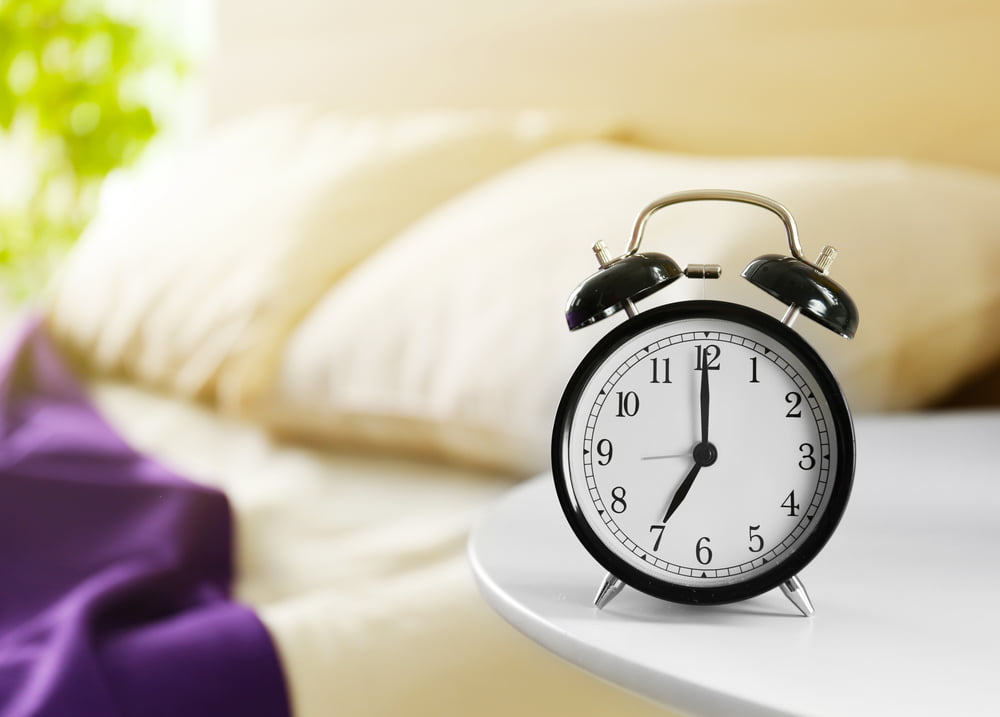
Sleep is vital for children. In sleep, their bodies grow, their memories form, and their tissues are repaired. According to the American Academy of Pediatrics (AAP), sleep needs vary by age. AAP recommends these sleep hours:
- Infants 4–12 months: 12–16 hours
- Toddlers 1–2 years: 11–14 hours
- Preschoolers 3–5 years: 10–13 hours
- Grade-school-age children 6–12 years: 9–12 hours
- Teenagers 13–18 years: 8–10 hours
As these numbers demonstrate, a child should spend many hours asleep every day. At young ages, a child might spend half of a 24-hour period in bed!
Just like adults, children can toss and turn as they sleep, and those movements help to keep the blood flowing and pressure sores from forming. But even if children are moving throughout the night, long hours in bed can be uncomfortable if the mattress is lumpy or slumped.
Children need mattresses that can support weight evenly and comfortably. This allows them to sleep soundly without excessive position changes. If these children do feel uncomfortable as they sleep, they are more likely to awaken and get out of bed, starting the nighttime ritual all over again.
Sensitivity to Chemicals
Children aren’t small adults. Their systems are still developing, and that puts children at risk from substances that may not harm adults at all.
For example, research highlighted by Scientific American suggests that children sleeping in rooms contaminated with low levels of fumes from water-based paints were two to four times more likely to have allergies or asthma. The researchers were surprised, as these substances had been considered safe for children’s environments. But these low levels of contaminations do seem capable of causing harm.
Similar hazards could emerge from mattresses. Some mattresses are made from petroleum-based foams, and those mattresses can emit gasses into the air. Those gasses are easy for a child to breathe in during sleep, and they could cause harm to a child’s delicate system.
Some manufacturers are aware of this risk and use foams that have been certified to emit few fumes or plant-based foams. Amerisleep, for example, is known for their Bio-Pur® layer, which has a number of advantages compared to traditional foam. With its advanced open-cell structure, the Bio-Pur® layer has additional air space between the particles in the foam to provide breathability without losing support. Mattresses with this sort of technology could be a better choice for families that want to keep their children safe from common toxins.
Easy Cleanup Required
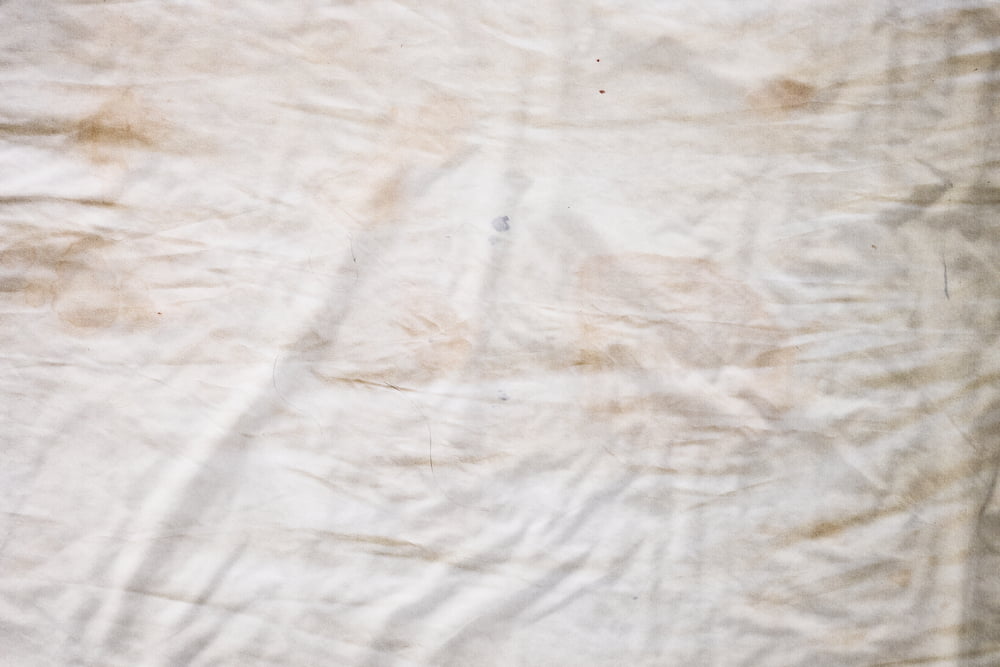
Kids may place food or drinks on their bed, thinking it seems like a stable surface, only to see that item tip or fall over.
Kids may also have accidents while they sleep. Michigan Medicine’s C.S. Mott Children’s Hospital reports that 10 to 15 percent of children will continue to wet the bed until age 6. Some children seem to outgrow the habit and then revert during times of transition or stress.
Very few (if any) mattresses are completely waterproof, but very thin mattresses might not be compatible with the solutions parents might use to protect a mattress. For example, rubber-cover products are often made to fit a traditional mattress with springs. Parents who buy very thin mattresses may not be able to fit these products over a child’s mattress without creating uncomfortable wrinkles and buckles.
Mattresses with thick pillow-top covers may also prove a problem for parents. These thick coatings tend to retain both liquids and scents, which means a child’s spill could linger longer when these covers are in play.
No matter what mattress you buy: getting a thin, waterproof mattress protector will help keep your child’s mattress safe from spills and accidents.
Firmness, Safety, and Children
Sudden infant death syndrome (or SIDS) is a concern for parents of very small children. SIDS has been associated with bedding that is too plush and soft. SIDS has also been associated with putting a child to sleep on their stomach.
In 1994, AAP combined forces with a few other child health organizations to launch the Back to Sleep campaign. Parents were taught that the back is best for sleep, and they were encouraged to use very firm mattresses, no pillows, and no blankets. By 2010, according to AAP, 73 percent of children were sleeping on their backs.
Shopping With a Child
Part of training a child to sleep well involves giving that child a measure of control. That sense of control could start with the shopping process. Parents can explain the products they’re interested in and let the child help to make a decision about which product seems best. When that product arrives in the home, the child can help to arrange the mattress in the room, place sheets on the bed, and more. This mattress could become the one piece of furniture the child feels was chosen for them specifically, and that feeling could encourage a child to spend more time sleeping and less time fighting bedtime.
If the four options we have listed here do not meet the needs of your child, don’t worry. We have plenty of other mattress reviews available on this site, and many mattress manufacturers make products in twin sizes. Reading the reviews can help you narrow your search for the perfect bed for your child, and soon, you will both have the ideal sleep you want and need.
SOURCES
The Bedtime Story: Eight Ways to Help Your Child Get a Better Night’s Sleep. Stanford Lucile Packard Children’s Hospital.
Healthy Sleep Habits: How Many Hours Does Your Child Need? (July 2018). American Academy of Pediatrics.
Volatile Organic Compounds May Worsen Allergies and Asthma. (October 2010). Scientific American.
Bedwetting. (March 2018). Michigan Medicine C.S. Mott Children’s Hospital.
U.S. Mover Rate Remains Stable at About 12 Percent Since 2008, Census Bureau Reports. (March 2015). United States Census Bureau.
Reducing Sudden Infant Death with ‘Back to Sleep.’ American Academy of Pediatrics.
Avocado Green Mattress. Avocado.
Mattresses. Amerisleep.
Juniper Kids Twin Mattress. Costco.
The Essential Mattress. Casper.
This article is for informational purposes and should not replace advice from your doctor or other medical professional.
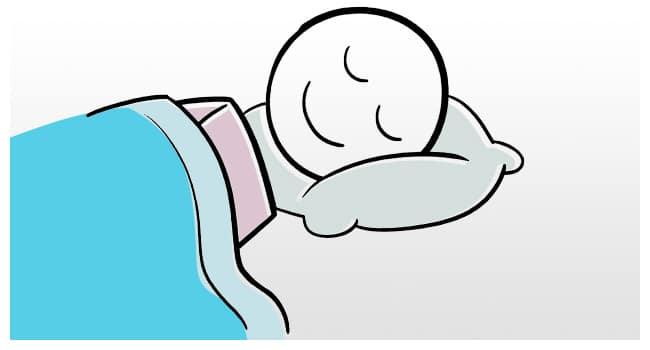
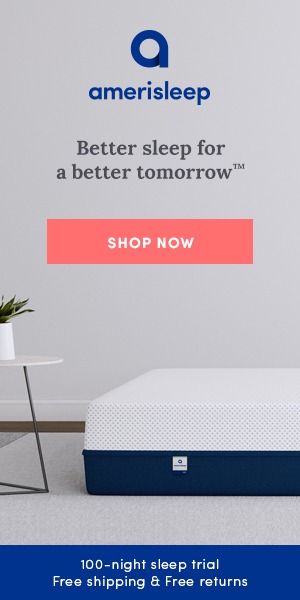


The Conversation (0)
Start a discussion, our content team tries our best to respond to comments. However replies should not be a substitute for medical advice from your doctor.*